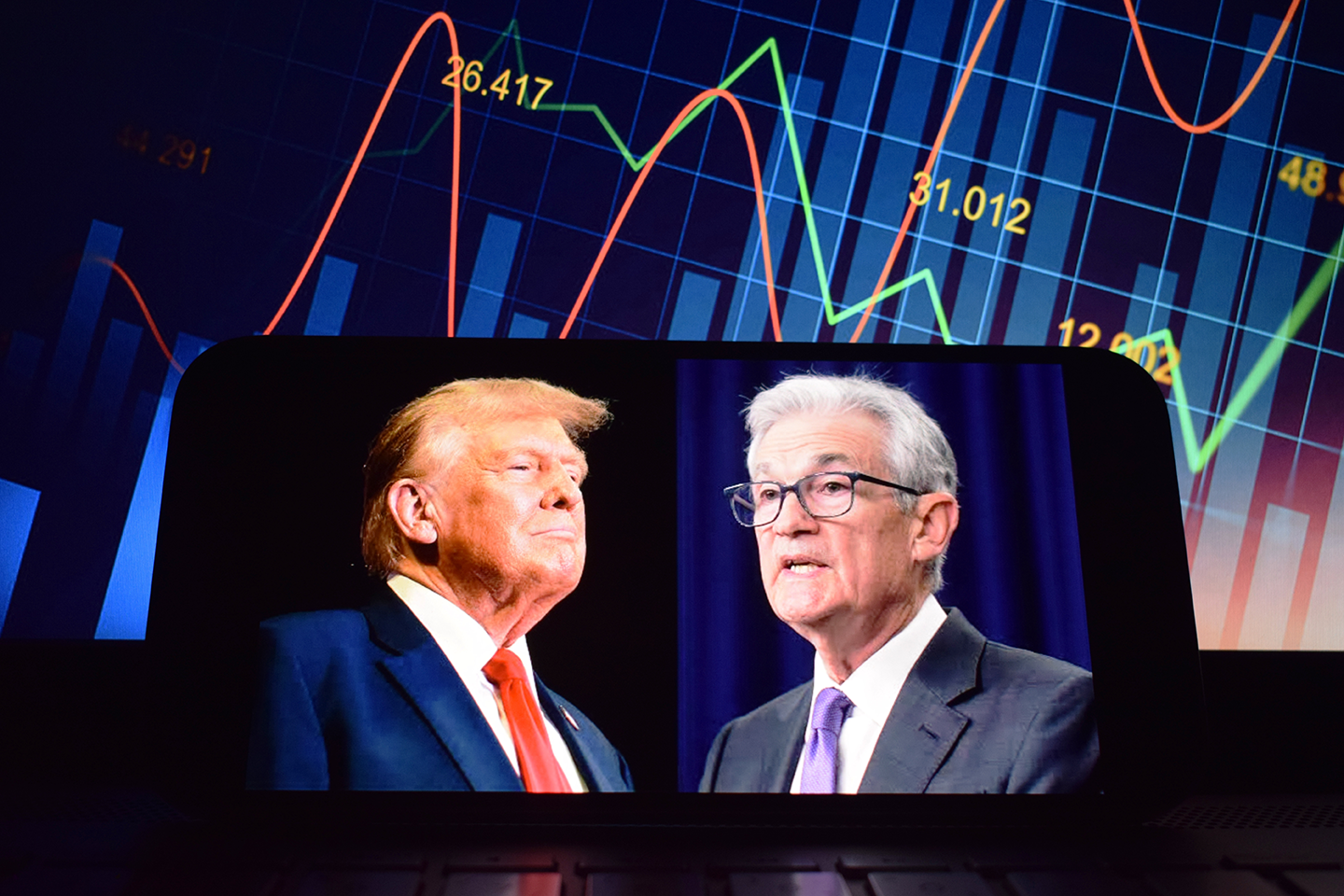By: Dianne Crocker, LightBox research director
Markets got a breather this week—not because of strong economic data, but because Washington blinked.
This week reminded us that, in capital markets, sentiment can turn on a dime—but fundamentals take a lot longer to move.
Let’s start with the big shift: The Trump administration backed off its threats to fire Fed Chair Jerome Powell. That was a headline-grabber, but in practical terms, it means monetary policy will remain steady—even if politically unpopular. Markets like that kind of continuity.
Then came news that the U.S. is planning a phased rollback of select China tariffs. Again, not exactly a game-changer, but a notable de-escalation. It lowers input costs for manufacturers and maybe—just maybe—buys the White House some goodwill ahead of the next inflation print.
Bond markets reacted fast. The 10-year Treasury yield, which touched a cycle high of 4.43% on Monday, dropped back to 4.32% today, as investors digested the implications of a potentially softer stance on trade and monetary policy. Stocks also regained ground after a report that the Trump administration may slash tariffs on Chinese imports. The Dow rose 1.8% after an early surge of over 1,100 points, the S&P 500 gained 2.2%, and the Nasdaq jumped 3.3%, with roughly 385 S&P 500 stocks advancing.
Behind the Pivot: Inflation, IMF Forecasts, and a Fed on Pause
Despite the market rebound, economic conditions remain uncertain. The International Monetary Fund (IMF) has lowered its U.S. GDP growth forecast for 2025 to 1.8%, down from a previous estimate of 2.7%, citing escalating trade tensions and policy uncertainty. The IMF also anticipates U.S. inflation will rise to around 3% in 2025, up one percentage point due to tariffs.
Core inflation in the U.S. is currently running at 2.8% year-over-year, the lowest since March 2021, according to the latest Consumer Price Index data for March 2025. Despite this moderation, the Federal Reserve remains cautious about cutting interest rates in the near term. At its March meeting, the Fed maintained its benchmark rate at 4.25%–4.50%, citing elevated inflation and increased economic uncertainty, including the impact of recent tariffs.
For CRE, That’s a Recipe for a Future Holding Pattern
LightBox data shows that commercial real estate activity picked up in early 2025. The Appraisal Index rose to 59.8 in Q1—the highest since mid-2023—reflecting renewed engagement by banks in CRE lending. Meanwhile, the monthly LightBox CRE Activity Index climbed to 104.4 in March, its highest level since June 2022 and only the second triple-digit reading in nearly three years. The momentum points to increased seller willingness to bring assets to market and growing interest from both lenders and investors, even amid capital market volatility as new tariff policies started to take shape in March.
While high interest rates and tighter lending standards continue to stall some deals, industrial and multifamily assets are holding up better—particularly in the Sun Belt and Midwest. Office remains the sector’s weak spot. Cap rates have largely stabilized, though select sectors—especially office—still face upward pressure as investors continue to reprice risk.
What We’re Watching:
- Debt Markets: CMBS spreads widened nearly 40 bps in the last month as buyers demand more risk compensation due to concerns about inflation and an economic slowdown.
- Distress Watch: Distressed deals, as a share of total CRE transactions, is still relatively low but increasing, particularly in the office and multifamily sectors. Opportunistic investors like Blackstone, Lone Star Funds, and Brookfield are among the most active distressed asset buyers this year.
- Mid-Tier CRE Deals: Transactions in the $50-100M range rose in March while larger deals declined—a sign of momentum from institutional investors. Multifamily dominated, accounting for almost half of mid-tier transactions.
The Bottom Line:
CRE is walking the same tightrope as the broader market—balancing inflation pressures, policy uncertainty, and cautious optimism. With the heat off Powell and tariffs easing (for now), investors have a little breathing room. But this isn’t a pivot—it’s a pause. And in commercial real estate, a pause often just means more time to reassess risk.

